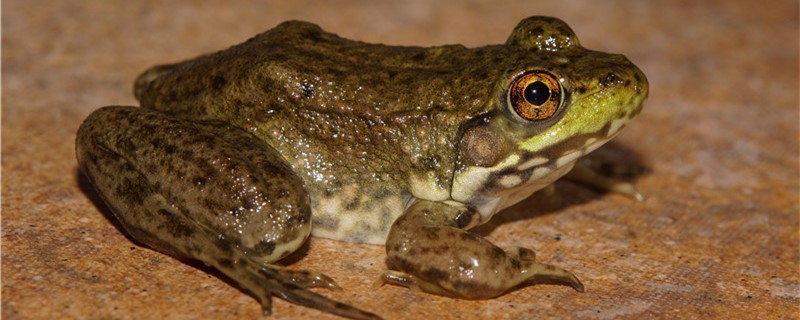 1. Do frogs have lungs
1. Do frogs have lungs Frogs are a kind of amphibians, and their characteristics as amphibians are quite prominent. Frog can be said to be an animal between aquatic vertebrates and terrestrial vertebrates, or a transitional stage between them. Therefore, when frogs are young, they live in water and breathe with gills. At this time, they can breathe freely in water, and generally they can only move in water. But when they undergo metamorphosis, from the young frog stage to the adult frog stage, they develop the lung structure and use it to breathe. At this time, they can breathe smoothly on land, but not in water.
2. Are the lungs of frogs developedAs mentioned above, frogs develop the structure of lungs after metamorphosis and can breathe with them. Humans can often observe frogs' stomachs shaking from bulge to bulge, and they are breathing at this time. Although they can breathe through their lungs, their lungs are underdeveloped and can't be compared with the lungs of more advanced terrestrial animals and humans. In fact, frogs' lungs are only bladders with thin outer walls, so their ability to absorb oxygen and release carbon dioxide is not particularly strong, and frogs can't meet their own requirements only by breathing in their lungs.
In addition to breathing through the lungs, frogs also need skin to assist breathing. Frog's skin is generally moist, and mucus will be secreted on the surface, so it can play the role of assisting breathing. Especially when frogs enter hibernation, they need the help of skin to breathe smoothly. Generally speaking, frogs mainly absorb oxygen into their bodies with the help of their lungs, while carbon dioxide produced in their bodies can be excreted with the help of their skin.